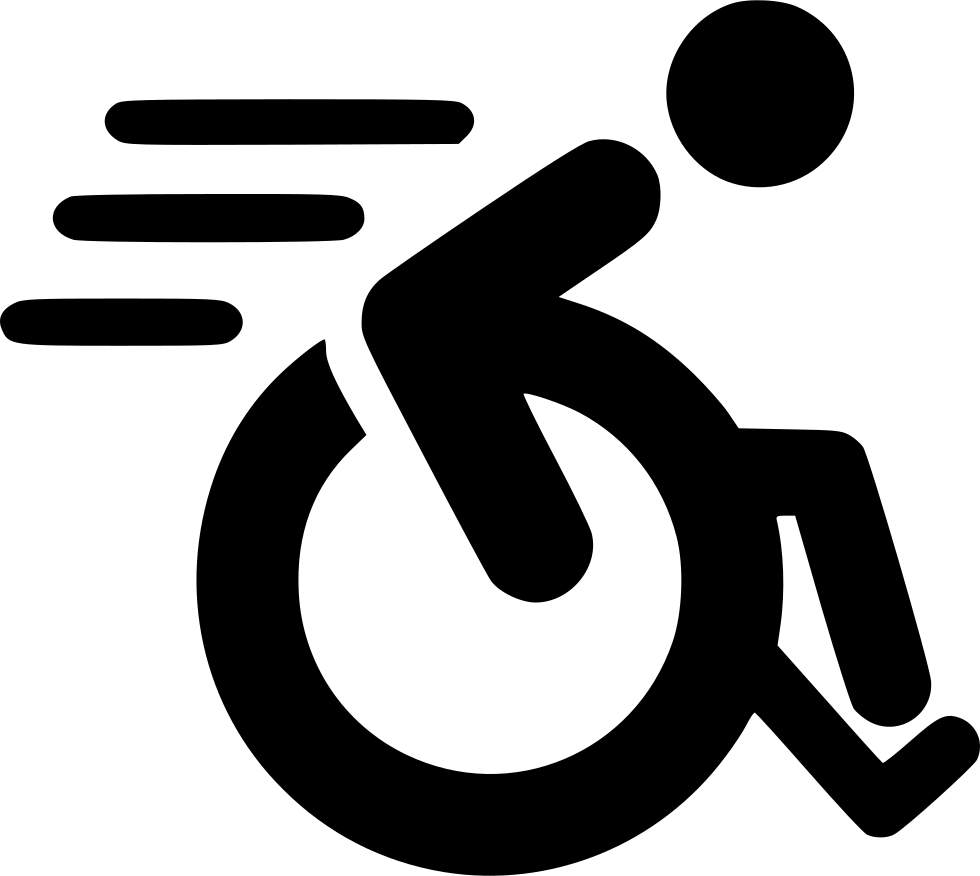Dog - Wet Eczema
What is wet eczema?
 This is more accurately described as acute moist dermatitis. It is commonly known as wet eczema, hot spot eczema or summer eczema. Its onset can be extremely dramatic, the dog may be perfectly normal at bedtime, and next morning have a large weeping, bleeding mass due to self trauma through the night.
This is more accurately described as acute moist dermatitis. It is commonly known as wet eczema, hot spot eczema or summer eczema. Its onset can be extremely dramatic, the dog may be perfectly normal at bedtime, and next morning have a large weeping, bleeding mass due to self trauma through the night.
What is the cause?
Intense self trauma is responsible for the skin damage which can result in discharge and sometimes bleeding. As this dries this can act as a further irritant due to an allergic response and therefore a vicious cycle is established.
What is the cause of the self trauma?
All the usual things that cause pruritis (itching) in the dog may be responsible. These can include flea allergy, ear problems (Otitis externa) and various other allergic problems. In addition conditions such as anal gland problems can result in irritation. This leads to the dog chewing either the flanks or the base of the tail.
The problem of wet eczema is most common in hot humid weather especially in long haired or full coated dogs. These factors result in ideal conditions for rapid bacterial growth on the damaged skin.
Wet eczema is one of the two major forms of surface pyoderma, i.e. infection of the superficial layers of the skin. The infection is caused by the self trauma.
What does wet eczema look like?
Usually a large raw red bleeding area. Your dog may have chewed so much that there is frank bleeding. The area then becomes moist and painful rather than pruritic (itchy) with reddening spreading out due to the scratching and chewing from the lesion through the hair. There is usually considerable hair loss.
What does treatment involve?
The underlying cause should be identified and removed if possible. This is often fleas or impacted anal glands. However due to the self inflicted damage which has allowed the normal bacteria on the skin to multiply and cause problems it is important that the coat should be clipped around the area in order to allow ventilation. All crusts and debris have to be removed by bathing with a suitable disinfectant or antibacterial shampoo. Often antibiotics are administered either by mouth or injection in addition to local application in the form of ointment or powder.
 If the inflammation is very severe steroidal preparations may also be used to reduce this and minimise the chance of further self mutilation. Medical collars ('elizabethan' or 'buster' collars) are sometimes used to try to physically prevent further chewing and scratching.
If the inflammation is very severe steroidal preparations may also be used to reduce this and minimise the chance of further self mutilation. Medical collars ('elizabethan' or 'buster' collars) are sometimes used to try to physically prevent further chewing and scratching.
What is the prognosis?
Good with treatment. The condition usually clears up just as rapidly as it occurred. Unfortunately due to skin damage the hair will take some time to regrow. This is of major concern if you show your dog.
Is the condition likely to recur?
This cannot be ruled out. Some dogs will have one attack in particularly humid conditions whereas others will have repeated attacks irrespective of humidity and ambient temperature.
Used and/or modified with permission under license. ©Lifelearn, The Penguin House, Castle Riggs, Dunfermline FY11 8SG

